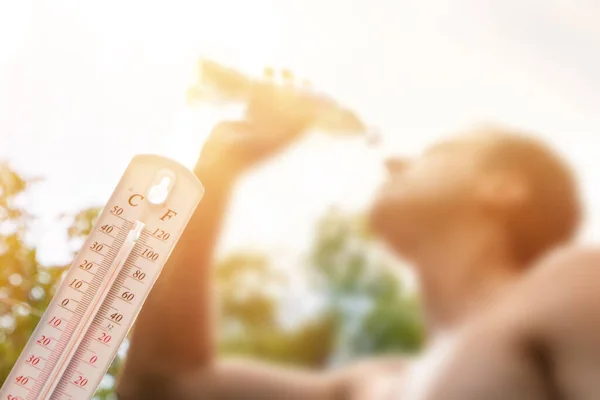
When the National Weather Service issues a warning that a “significant threat” of sweltering temperatures is moving through 31 states, with temperatures reaching as high as 120 degrees Fahrenheit, it’s not just a hot and sweaty nuisance it’s an alarm. Heat at these extreme levels isn’t merely unpleasant; it’s a profound, often quiet, health threat. As Johns Hopkins Professor Jaime Madrigano bluntly states, “heat isn’t just uncomfortable, it can be hazardous to your health and even deadly.” For many Americans, the dangers extend far beyond sunburn.

1. The Hidden Dangers: How Heat Affects Your Body
Heat waves can silently devastate the body’s most critical systems. Following the CDC, extreme heat kills about 700 people annually in the U.S., but that is merely a small fraction of the true extent. Professor Madrigano emphasizes how “we routinely observe increases in cardiovascular disease and kidney disease following exposure to extreme heat.” The body labors to cool down, taxing the heart and kidneys, as dehydration makes the blood thicker and more susceptible to clots. Respiratory disease can also be exacerbated, particularly as heat holds onto airborne pollutants, making breathing more difficult for those with conditions like asthma or other respiratory disease. And for expectant mothers, the risk is all the higher research indicates correlations between heat stress and adverse reproductive outcomes, including pre-term delivery.
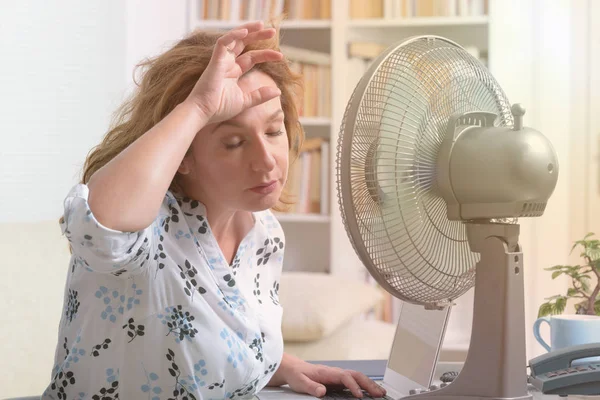
2. Heat and the Mind: Mental Health Under Pressure
If you’ve felt more irritable, anxious, or even down during a heatwave, you’re not alone. Research confirms that heatwaves significantly increase the risk of hospital admissions for mental and behavioral disorders, and suicide rates can rise as temperatures climb. The Anxiety & Depression Association of America points out that heat can disturb sleep, drain your energy, and make it more difficult to concentrate, all of which can exacerbate already existing mental health issues. “When the temperature rises, unfortunately, so does suicide,” says the ADAA. The symptoms are particularly challenging for those already coping with depression, anxiety, or other psychiatric disorders, and some medications compound the issue by disrupting the body’s capacity to control temperature.
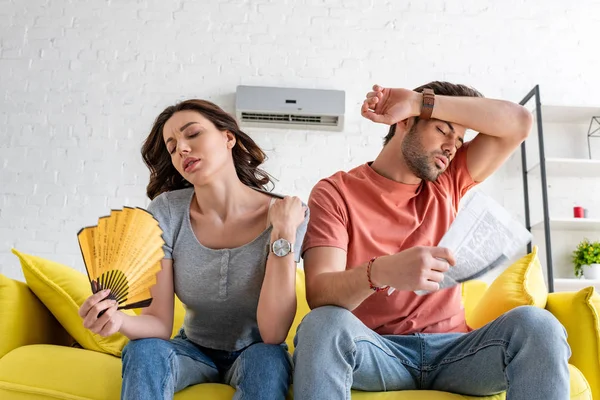
3. Who’s Most Vulnerable?
Vulnerable populations older adults, young children, individuals with long-term illnesses, and workers outdoors are at greatest risk. Heat-related deaths among individuals aged 65 years or older have risen by 68% during the last twenty yearsheat deaths in individuals aged 65 years or older have risen by 68%. Children and infants have a hard time controlling their body temperatures, while seniors can sometimes fail to notice excess heat until after it is too late. People who work outdoors, athletes, and individuals without air conditioning are also at higher risk. Even pets aren’t safe hot sidewalks can scorch paws, and cars can kill in minutes.
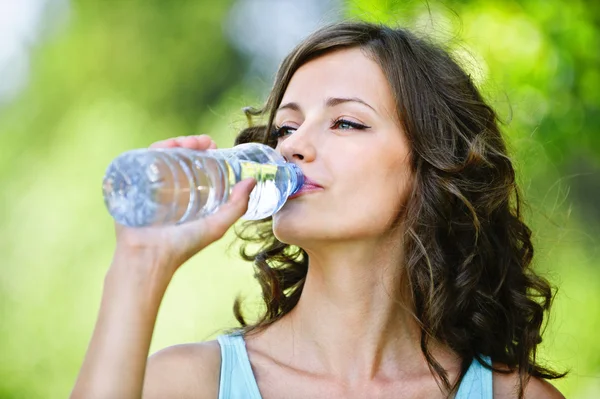
4. Smart Safety Steps: How to Keep Yourself and Loved Ones Safe
The fundamentals count: drink plenty of water (water is best, but don’t forget to replace electrolytes), dress in loose, light-colored clothing, and reschedule strenuous activities for the hottest part of the day (typically 10 a.m. to 4 p.m.). The National Weather Service advises all of us to “remain indoors, while minimizing time outside, to minimize hard work, drink plenty of water, and visit vulnerable relatives and neighbors.” If you don’t have air conditioning, cooling centers in your community usually in libraries or shopping malls are lifesavers. Find the one closest to you by calling 2-1-1 or looking up local resourcesfind a facility that has one by calling 2-1-1.
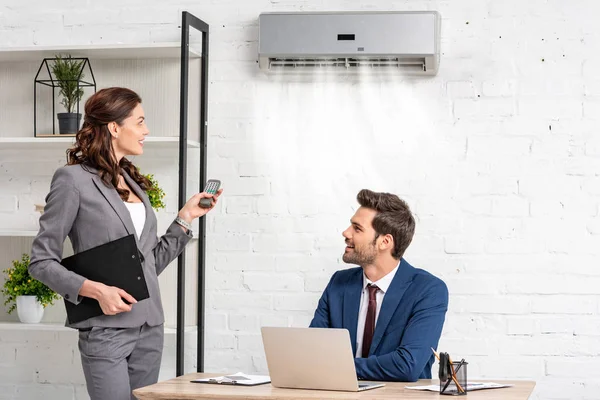
5. Workplace Wisdom: OSHA’s New Heat Safety Guidelines
For workers both indoors and outdoors, newly issued OSHA guidelines are a game changer. The proposed federal standard would mandate employers to offer required heat illness prevention plans, periodic rest breaks in shade or air conditioning, and convenient access to water. “Employers across the nation are having workers collapse, developing heat stroke and killing workers from heat exposure from merely doing their work, and something needs to be done to safeguard them,” said Assistant Secretary for Occupational Safety and Health Douglas L. Parker.
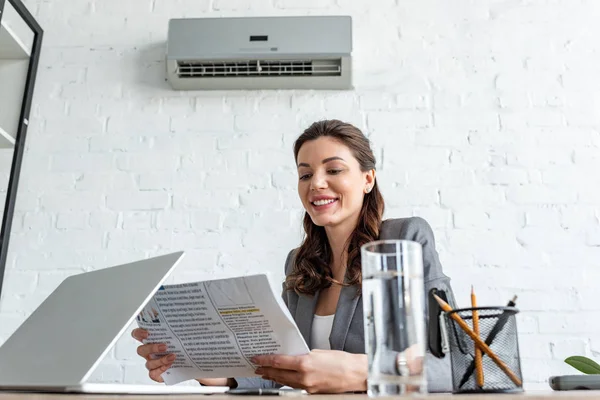
The regulations will also require new or returning workers to have acclimatization periods, medical surveillance, and emergency response plans OSHA’s new heat safety standards. If you’re working outside, take scheduled breaks, drink water every 15 minutes, and keep an eye out for signs of heat illness in yourself and coworkers.
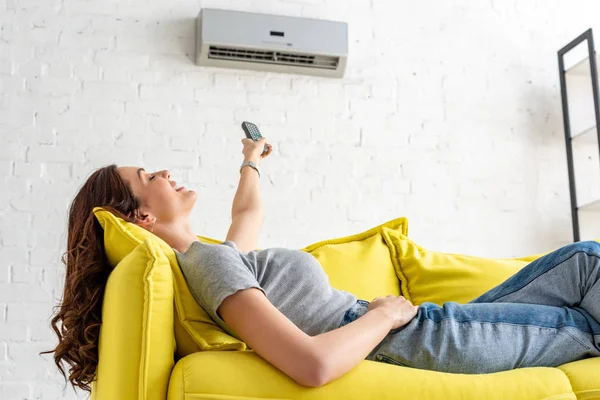
6. DIY Cooling Hacks and Energy-Smart Upgrades
Keeping your home cool doesn’t have to break the bank. Easy tricks such as closing blinds during the day, blackout curtains, and operating fans (only if it’s below 90°F inside) will bear much fruit10 Home Cooling Hacks to Get You Through Heat Waves. Open windows at night to allow cooler air inside. Replace weather stripping to keep the cool in and the heat out. Steer clear of using ovens or dryers when it’s hottest outside, and turn to LED bulbs to cut excess heat. If you do have air conditioning, crank it to 78°F or “low cool” to get the best balance of comfort and savings. Without AC, portable air conditioners or cooling down for a few hours in a public place with AC can be a godsend.
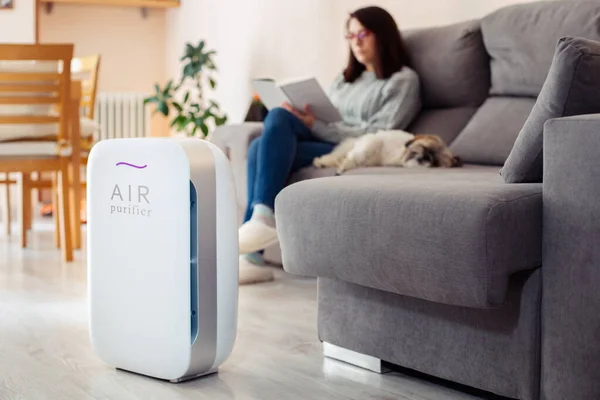
7. Building Community Resilience and Support Networks
Heat waves are simpler to ride out together. Organize a support group with family, friends, or neighbors check in on one another, particularly if single or frail. Community readiness can involve cross-sharing resources, publicizing cooling centers, and lobbying for municipal policies that safeguard vulnerable populations. Philadelphia’s strong heat emergency response providing cooling centers, hotlines, and halting utility shutdowns has been demonstrated to save livesPhiladelphia’s strong response plan made the difference.
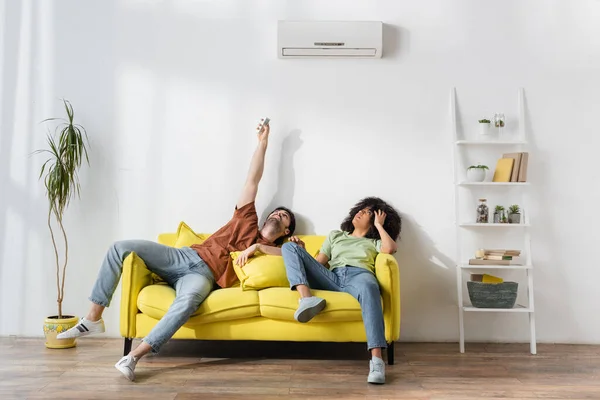
Remaining mentally healthy in a heatwave is more than staying cool. Mindfulness, stress reduction, and seeking help can also act as buffers against the mental impact. As Dr. Steven Pratt suggests, “Taking time to practice mindfulness exercises such as deep breathing and meditation can improve heat stress and anxiety management.” Being proactive, prepared, and engaged is the secret to defending both your mind and body as temperatures soar.


